Judith Eberharter & Sascha Stollhans (Leeds), pp. 1-9
2025 Issue 2
Abstract
A decision to foreground cultural and linguistic diversity in German language teaching will have consequences for other content. How to fit it all in? What role should cultural and linguistic diversity play in the contemporary German language classroom? How is diversity represented, discussed and/or addressed in German language teaching and learning? What potential does the language classroom have to convey an ‘authentic’, modern and differentiated image of the German language and German-speaking societies in all their facets? What are the challenges and limitations? To explore some of these questions, this special issue brings togethers theoretical reflections, academic studies, and evidence-based case studies by authors based in Australia, Brazil, Germany, Italy, the United Kingdom, and the United States. Topics under investigation include cultural and linguistic representation in contemporary textbooks, multilingual writing, dialects and regional variation, learner language as a model, taboo language in the classroom, gender-fair language, and intercultural reflection within telecollaboration projects.
